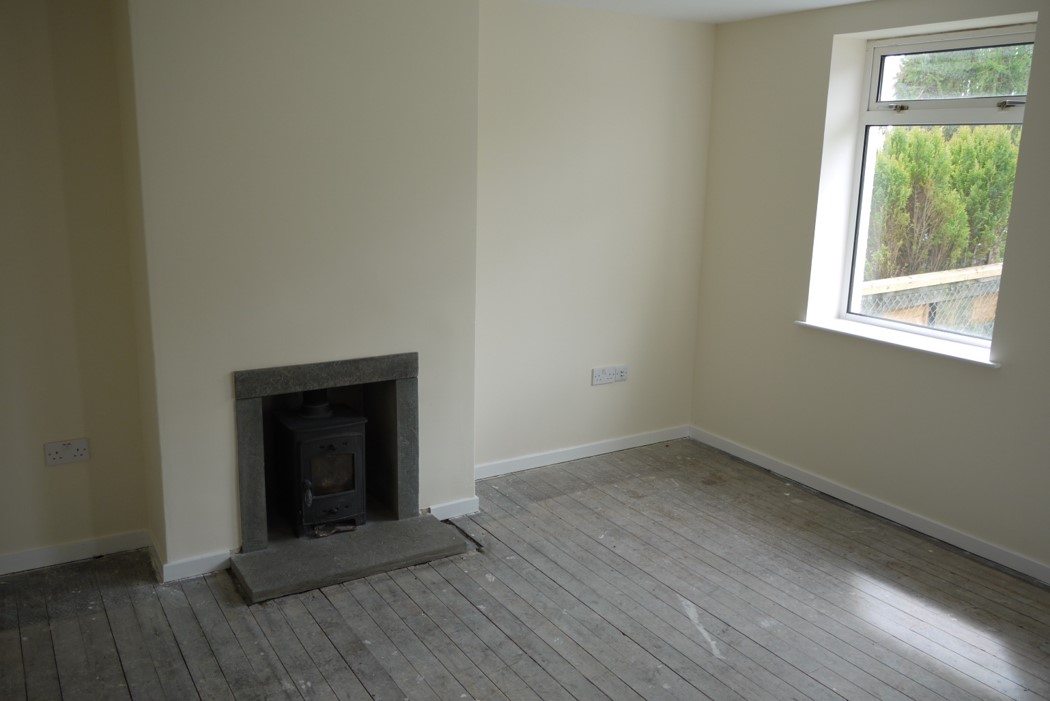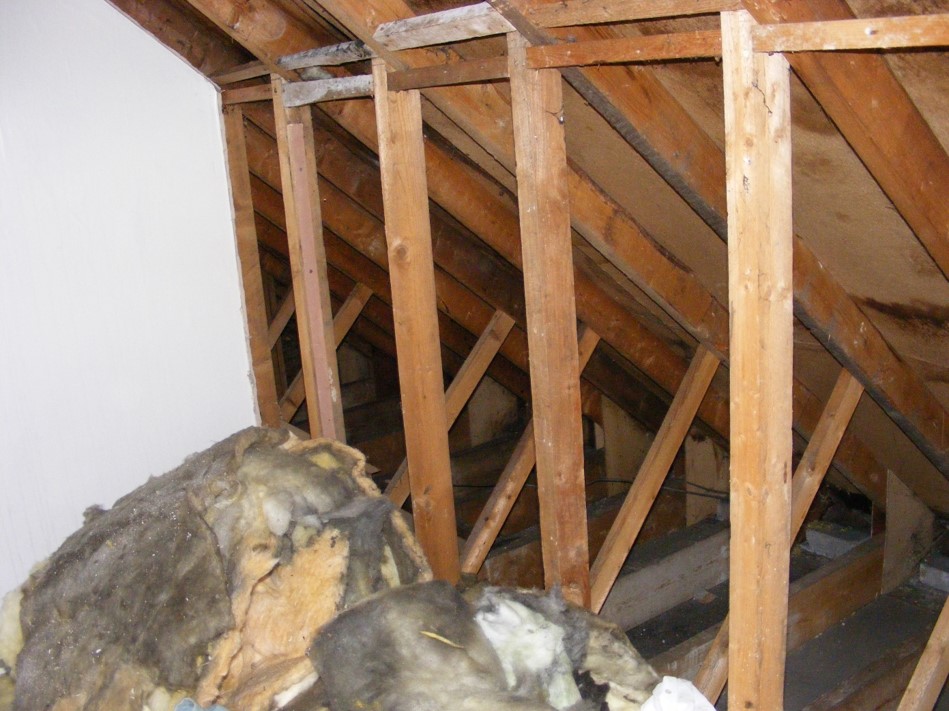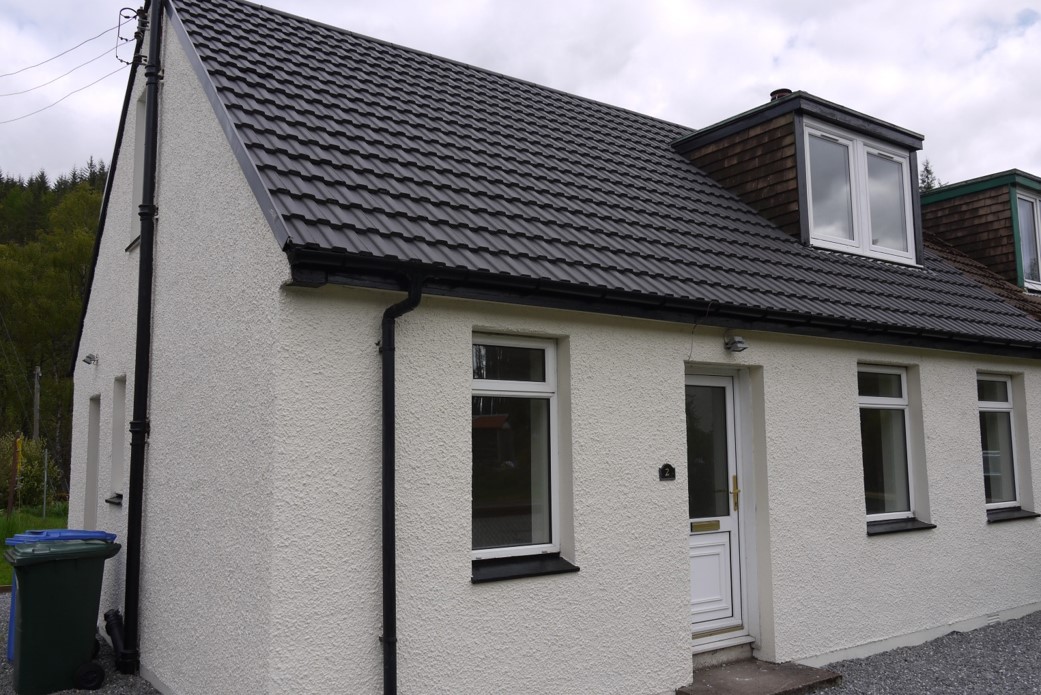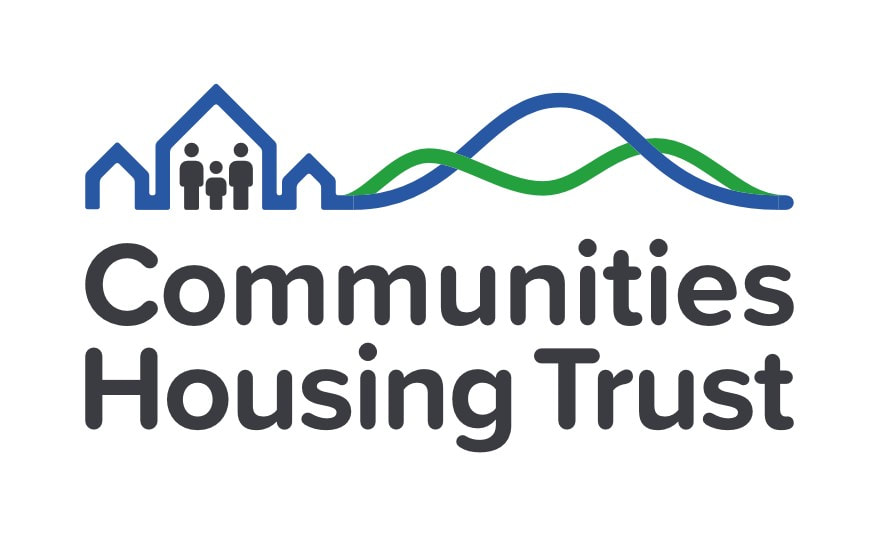|
In our first blog of the year, we take a look at some of the funding opportunities that are currently available to community-led housing projects. At the moment there are a number of great innovative funding mechanisms out there which HSCHT believe can really benefit communities around the country. A) Private Finance There are various proivate organisations out there - whether they be banks, energy companies, or other organisations, who are looking to invest in a community that they already operate within. These organisations have a selection of funding schemes available for communities to use in an attempt to improve life in the local area by developing sustainable projects. Quite often to be able to successfully apply for finance from a private organisation you'll have to demonstrate that you're proposed development, whether it be new build or renovation, would indeed be a benefit to the community. One way this could be shown is by providing homes for key workers, or providing homes for young families who are trying to stay in/move back to the area. Such projects provide social and economic benefit to the community, by increasing the number of skilled people within an area, while also contributing to the school role and local businesses. HSCHT have worked with such organisation in the past, and are happy to offer our advice. If you would like more information on some of the private finance routes available, please get in touch via [email protected]. B) Partnering Another way to generate funding for a community-led project is to seek partners from within the community who stand to benefit from the increase in new housing. Quite often these partners could be local businesses looking for somewhere to house their essential staff. if this is the case, then it may be possible for them to contribute to the funding of the project. Alternatively, or perhaps additionally, communities may partner with a local housing association. If a community group partnered with a Housing Association, this could perhaps provide management services, or they may act as a development partner, taking a considerable burden off the community group. This is an area in which HSCHT has much experience in, having being able to assist in building partnerships in the past between local community organisations/trusts and businesses that operate within the local area. Most recently we have facilitated such a relationship on the Isle of Rum, which will hopefully provide additional housing units for the local community trust, as well as a company who are requiring homes for their employees on the island.  C) Public Funding Scottish Government The Scottish Government has recently introduced several new funding schemes to assist in the development of affordable housing throughout the country. The Scottish Land Fund, The Rural Housing Fund, and The Empty Homes Fund are 3 such funds that can be utilised to great effect by rural communities seeking to develop their own housing units. - Scottish Land Fund The Scottish Land Fund supports both rural and urban communities to become more self-reliant and sustainable through the ownership and management of land and land assets. Funded by the Scottish Government and delivered in partnership by the Big Lottery Fund and Highlands and Islands Enterprise, the Scottish Land Fund offers grants of up to £1 million to help communities take ownership of the land and the buildings that are important to the growth of their community. It also provides practical support to these communities, in an attempt to develop their ambitions into achievable projects. The Scottish Land Fund is available to organisations in both urban and rural Scotland. As long as these are community-led, community controlled and have a defined geographic area. HSCHT have also supported community groups in their applications to this fund. Including recently the purchase of land in Strontian by the Strontian Community School Building Ltd, who are embarking on building Scotland's first community owned Primary School. The plan is to convert this building into affordable housing in the future, should the Primary School move into the existing High School building. For more information on this project, see: www.bbc.co.uk/news/uk-scotland-highlands-islands-38303561 For more information on The Scottish Land Fund visit: www.biglotteryfund.org.uk/scottishlandfund - Rural Housing Fund The Rural housing Fund, which was only launched in 2016, is a £25million fund that will provide an estimated 500 new affordable homes in rural areas around Scotland. The Rural Housing Fund will increase supply of long-term affordable housing to rural areas during the next three years, by assisting the building of new homes and refurbishment of existing buildings. These new homes will add to the Scottish Government’s commitment to build another 50,000 new homes throughout Scotland over the next five years. The fund is open to a wide range of applicants, including long-established affordable housing providers, and also community-led organisations and private landowners, allowing them to take a more active role in meeting the housing needs of their local community. In addition to providing support toward the capital costs of housing projects, the fund will offer much needed feasibility support to enable organisations to develop robust plans for their projects. This is a fund that HSCHT have experience with, having assisted several community organisations with successfully applying for it. This has varied from giving initial advice, to undertaking the whole application process on behalf of the community group. For more information on The Rural Housing Fund please visit: www.gov.scot/Topics/Built-Environment/Housing/investment/grants/rural-housing-fund - Empty Homes Fund (administered by Highland Council) If a community group are planning on renovating an empty home in the local area, then The Scottish Government have said that they are keen to encourage the owners of such empty homes to return them to use as affordable housing. To kick-off empty homes work across Scotland, the Scottish Government has made up to £4 million available in the form of an Empty Homes Loan Fund. Having seen the pressures facing housing in rural areas, £2 million of the fund has being designated for refurbishments of empty homes in rural areas. The fund aims to support a range of projects to bring empty homes back into use as affordable housing. Of the £4 million that the Scottish Government has set aside for this fund, £400,000 has been given to the Highland Council to administer with the aim of renovating 30 units in the Highlands. The Council has matched the £400,000 grant from the Scottish Government’s Empty Homes Loan Fund with £400,000 from its Private Sector Housing Grant to promote the initiative. All of the funding will be provided as loans, however interest will not apply. Successful applicants have to repay at least 60% of the funding by 2019/20 and are expected to repay the remaining portion of the loan by 2023/24 at the latest. HSCHT have experience applying for this fund, as we have previously done so on behalf of Coigach Community Development Company for their renovation of the Achiltibuie School House. Laggan Community Trading Company have also received funding from Highland Council to renovate an empty property in Strathmashie. To learn more about this project, click HERE. For more information on The Empty Homes Loan Fund please visit: http://www.gov.scot/Topics/Built-Environment/Housing/investment/grants/EmptyHomesLoanFund D) Community Share Options for Housing The final funding mechanism for community led housing that will be examined in this blog is community shares. When using this funding mechanism, members of the community are offered shares as a means of raising the level of funding needed for the development. There are restrictions on the withdrawals to ensure the safety of the fund gathered for the community organisation would be necessary to protect the stability of the organisation until other funds were built up from excess income in order to buy back the shares. A payment on the shares would be payable from rental revenues. As a result of employing this form of funding; the organisation may have to make amendments to its current Memorandum and Articles of Association. This option also has the potential to enable the community to buy-in to the project as well as provide the required funds to pay for the project. By swapping the bank borrowing at both the development and after completion with a community share issue then the interest payable on loans is replaced by dividends payable to the shareholders. To summarise, there are a number of different ways that communities can secure the funding needed in order to increase the housing provision within their area. Funding can be generated in many forms, from the likes of public funding, private funding, community shares, and partnering.
HSCHT is always trying to help communities determine which route works best for them. For further information, please feel free to get in touch to discuss with us on 01463 233549, or via [email protected].
The Highlands Small Communities Housing Trust has had previous experience with renovating empty properties in order to provide great affordable accommodation to local families and individuals in rural communities. For this reason, Laggan Community Trading Company contacted HSCHT for their assistance with the project. HSCHT managed the project, from sending out the original tender documentation and assessing submissions, right up until the property was ready for a new individual or family to move in. Leasing The Property - An agreement was put in place between Laggan Community Trading Company and the Highland Council, which stated that upon completion of the renovation, Highland Council would manage and let the property. Funding The Project - Although LCTC had some reserves to put towards the renovation project, the majority of the works was funded by Highland Council, who provided a £15,000 grant, and a £15,000 loan. The loan is interest-free, and allows for a total of 5 years before it has to be repaid. This £30,000 contributed massively to the overall renovation costs. Both the grant and loan were able to be drawn-down at various stages throughout the project. Another large benefit to making the project viable, was that due to the property being empty for over 2 years, only 5% VAT was to be charged on any works, as opposed to 20%. This proved to provide a massive reduction in the overall cost of the project. The Tendering Process - It was important to the project to use local contractors. For this reason HSCHT contacted a number of local contractors within the area to gauge who may be interested We then issued the tender documentation, before assessing and deciding on a small local contractor who would undertake the whole project along with his chosen subcontractors. The Renovation - There was a vast amount of work carried out on the property during its renovation. This included everything from massively increasing the thermal mass through additional wall and roof insulation, to complete redecoration, relining, painting and decorating and re-dressing of internal doors. Old brick cupboards were demolished, including the removal of asbestos, and a completely new kitchen was installed. Plumbing work and a complete re-wire of the property also took place. New lighting fixtures, extractor fans, fire alarms and carbon monoxide detectors were installed too. A large part of the renovation was the installing of completely new roof sarking, felt and slates. In order to increase energy efficiency of the property, new high performance uPVC double glazed windows were put in the upstairs bedroom, which previously did not have escape windows that met building standards. New storage heaters were installed throughout the property, and a woodburning stove, hearth and metal chimney liner were put in place. Externally, repair work was done to the chimney, new rainwater goods were introduced, a coal bunker was demolished, and the whole render and external woodwork was painted. Towards the completion of the renovation, Highland Council inspected the property to ensure that it was up to their standard, which highlighted a few snagging issues which were not considered originally. The project was completed in the spring of 2016 and is now managed and let by the Highland Council to a young local family. HSCHT monitored the project throughout the process, and Laggan Community Trading Company were incredibly pleased with the final outcome.
This is another great example, of how small community led groups, the Highland Small Communities Housing Trust, and local and statutory authorities such as the Highland Council can work together to turn empty properties into great affordable family homes, in areas where accommodation options are few.
In rural communities around the Highlands such as Strathmashie, people are increasingly being forced to leave their families, jobs and friends behind in search of a suitable home. In this particular case, making an affordable home available to a young family with two children, provides many benefits to the surrounding community, including increasing the local school roll. |
CHT BlogThis blog features a variety of CHT’s developments and projects located throughout the central and northern Scotland. It also includes the latest news and updates regarding the Trust. Archives
September 2023
Archives
September 2023
Categories
All
|





























 RSS Feed
RSS Feed
